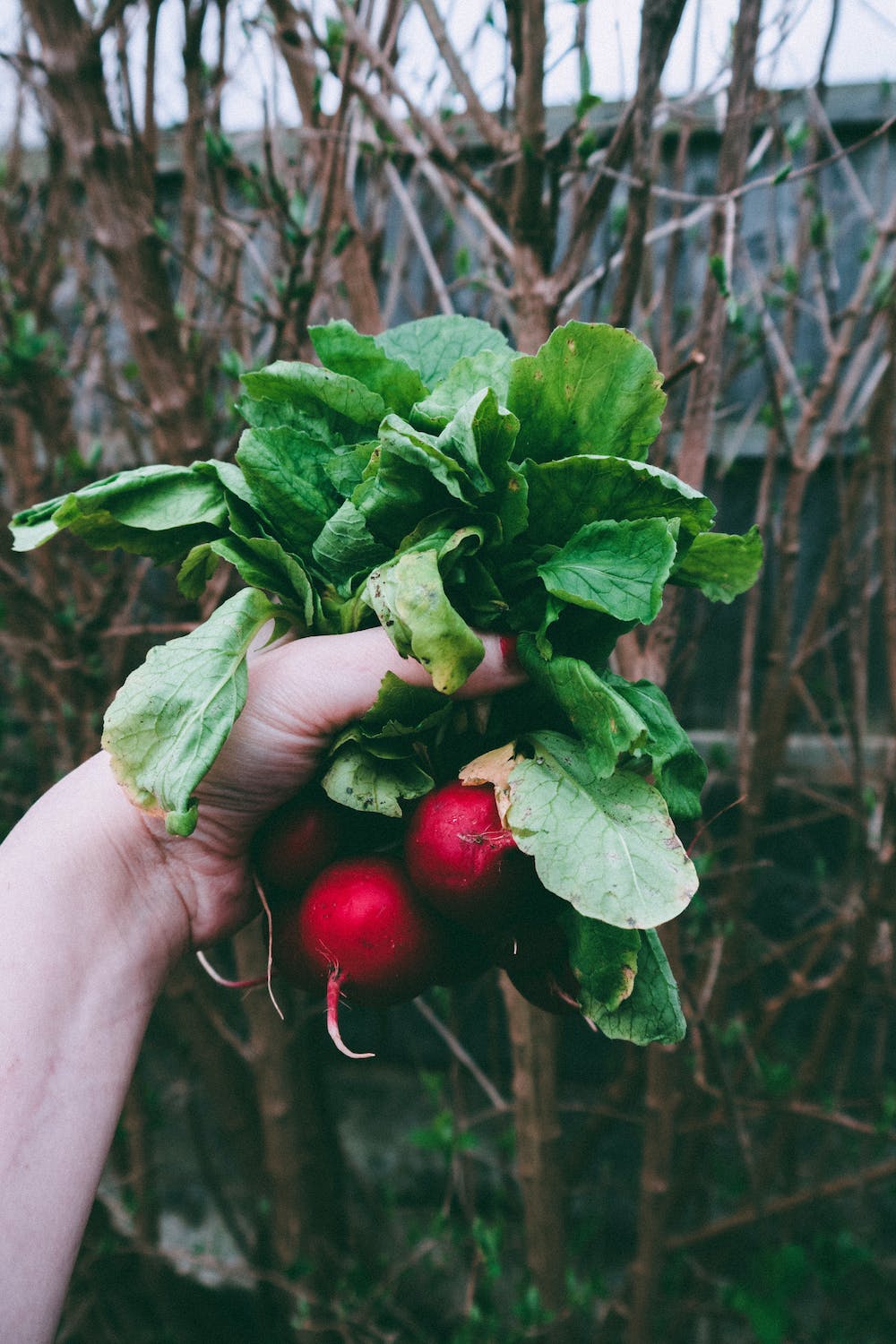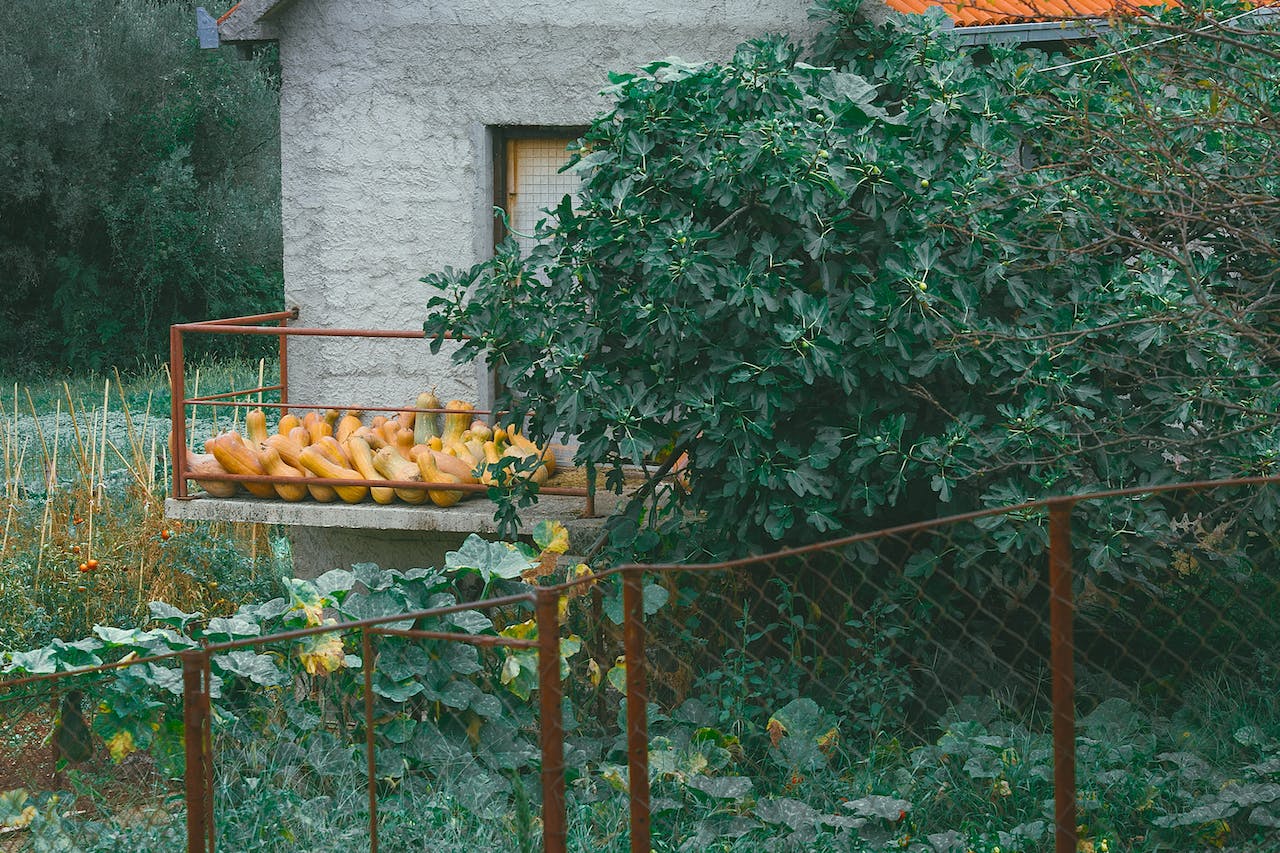
Ready to embark on a journey that’ll transform your backyard into a lush oasis of homegrown goodness? Whether you’re a novice or a seasoned green thumb, this comprehensive guide is your go-to companion for cultivating a thriving vegetable garden right at home.
Picture stepping into your backyard and plucking fresh tomatoes, crisp lettuce, and vibrant peppers for tonight’s salad—sounds enticing, doesn’t it?
Well, I’m here to make that a reality.
Join me as we explore how to grow vegetables at home, from choosing the perfect veggies for your space to tackling those pesky garden pests and ensuring a bountiful harvest. Growing veggies at home doesn’t have to be complicated; it’s about connecting with the soil, understanding your plants, and, of course, enjoying the fruits (or should I say veggies?) of your labor. So, grab your gardening gloves, and let’s dig in!
Step 1: Planning Your Vegetable Garden
Assessing space and sunlight
First things first – let’s find the perfect spot for your green haven. Look around your yard and choose an area that gets plenty of sunlight. Most veggies love the sun, and they’ll thrive if they get at least 6 hours of it each day. Pick a location with well-draining soil to keep those roots happy.
Now, think about the size of your garden. It doesn’t have to be huge, especially if you’re just starting out. Small spaces can yield big results, trust me!
Selecting the right vegetables
Consider your local climate and the changing seasons. Some veggies are like summer champs, while others prefer the cooler days of spring and fall. Check out what grows best in your area and plan accordingly. It’s like creating a menu for your garden!
Since we’re easing into this gardening adventure, opt for vegetables that are newbie-friendly. Think tomatoes, zucchini, or leafy greens. They’re forgiving and will reward your efforts with a tasty harvest.
Creating a layout
Now, let’s talk design. You’ve got a space, you know your veggies – it’s time to create a layout. If you’re short on ground space, no worries! Consider raised beds or containers. They’re like little vegetable kingdoms you can control. Plus, they make weeding a breeze.
And here’s a pro tip: embrace the buddy system by trying companion planting. Some plants are like best friends – they protect each other from pests and boost each other’s growth. For example, plant basil next to your tomatoes and watch the magic happen!

Step 2: Preparing the Soil
Soil testing
First things first – get to know your soil like it’s your gardening BFF. Why? Well, your plants are going to be living in it, so it’s essential to understand what they’re dealing with. Grab a soil test kit from your local garden center or Amazon. It’s like a health check for your soil.
Testing helps you figure out the pH levels and any nutrient deficiencies. Think of it as your soil’s personal doctor’s visit. If the pH is off or your soil’s nutrient game is lacking, don’t worry – we’ve got solutions for that!
Soil amendments
Now, let’s amp up the soil’s fertility. Plants love a nutritious environment, just like we do. Add some organic matter to the mix – it’s like giving your garden a power-packed smoothie. Compost is fantastic for this. It not only adds nutrients but also improves the soil structure.
And don’t forget mulch! It’s like a cozy blanket for your soil, keeping it cool in the summer and warm in the winter. Plus, it helps retain moisture, so your plants won’t be thirsty all the time.
Proper soil preparation techniques
It’s time to get your hands a little dirty! Start by turning the soil. It’s like fluffing up your favorite pillow – it creates a comfy space for your plant’s roots to spread out. Break up those clumps so your soil is nice and crumbly. Think of it as creating the perfect bed for your veggies to rest in.
Now, let’s talk about the planting environment. Whether you’re sowing seeds or transplanting seedlings, make sure the soil is just right. Pat it down gently so your seeds have good soil contact and your seedlings can settle in comfortably.
So, there you have it – the lowdown on preparing your soil. Test it, boost its nutrients, and give it a good fluff. Your plants will thank you with a bounty of veggies in the future.

Step 3: Planting Your Vegetables
Choosing between seeds and seedlings
First up, the great debate: seeds or seedlings? Both have their perks, so let’s weigh the options. Seeds are like baby pictures of your plants – you witness the entire journey from tiny sprout to full-grown hero. On the flip side, seedlings give you a head start. It’s like adopting a plant that’s past the baby stage.
If you’re feeling patient, starting seeds indoors is a fantastic way to go. It’s like giving your future garden stars a cozy nursery. Just ensure they get enough light, maybe near a sunny window or under a grow light.
Planting depth and spacing
Now, let’s dig into the nitty-gritty of planting. Each veggie has its own preferences, and we want to make sure they’re comfortable in their new home. Follow guidelines for specific veggies – it’s like giving them their favorite room layout.
And here’s a gardening secret: companion planting. It’s like arranging a playdate for your plants. Some veggies love being next to each other because they share nutrients and even ward off unwanted pests. For example, plant carrots next to tomatoes and watch them thrive together!
Watering and care
Okay, folks, let’s talk hydration. Your plants need water, but we’re aiming for the Goldilocks zone – not too much, not too little, just right. Establish a watering schedule based on your plant pals’ needs. It’s like creating a personalized hydration plan for each one.
Keep an eye out for signs of overwatering or underwatering. Wilting leaves could mean they’re thirsty, but if they look sad and droopy, you might be drowning them. It’s all about finding that balance, just like keeping yourself well-hydrated.
So, there you have it – the ABCs of planting your veggies. Choose your starting point – seeds or seedlings, give them a cozy spot, and keep the water flowing just right.

Step 4: Maintenance and Care
Fertilization
Okay, let’s talk plant nutrition. Think of it like giving your veggies a balanced diet. They have different cravings at various growth stages, so pay attention. During the early days, they might need more nitrogen for leafy growth. As they mature, they shift to a fertilizer that supports fruit or flower development.
Now, choosing the right fertilizer is key. It’s like picking the perfect snack for yourself. Look for ones labeled with numbers like 10-10-10, indicating a balanced mix of nitrogen, phosphorus, and potassium. And don’t forget to follow the recommended application methods. Too much of a good thing can be, well, not so good.
Weeding and pest control
Time to play detective in your garden! Regular inspections are crucial. Keep an eye out for those sneaky pests trying to munch on your precious plants. It’s like checking for crumbs in your kitchen – the cleaner, the better.
When pests decide to crash the party, go for natural pest control methods. It’s like showing unwanted guests the door without harsh chemicals. Neem oil, garlic spray, or even introducing beneficial insects – they’re like your garden’s superhero squad.
Pruning and staking
Next up, let’s talk haircuts for your plants. Pruning is all about maintaining that perfect plant hairstyle and optimizing sunlight exposure. Remove dead or diseased branches – it’s like giving your plants a spa day, promoting healthy growth.
And don’t forget about staking – it’s like giving your plants a helping hand to stand tall. Some veggies, like tomatoes, can get a bit wobbly as they grow. Stakes provide the support they need. It’s like having a friend to lean on.
So, there you have it – the secrets of maintenance and care. Feed your plants the right nutrients, keep the unwanted guests at bay with natural methods, and give your green friends a little trim and support when needed.

Step 5: Harvesting Your Bounty
Knowing when to harvest
First things first: let’s talk about timing. It’s like waiting for the perfect moment to enjoy your favorite dish. Keep an eye out for visual cues that your veggies are ripe and ready. For example, tomatoes should have vibrant colors, and your zucchinis should be firm but not rock-hard.
But here’s the golden rule: harvest at the peak of flavor and nutrition. It’s like picking the juiciest peach for the ultimate taste experience. Trust your instincts – if it looks and feels ready, it probably is!
Proper harvesting techniques
Now, let’s get hands-on with the harvest. First up, grab the right tools. It’s like having the perfect kitchen gadgets for your recipes. Sharp scissors or pruners are your go-to buddies for a clean cut without damaging the plant.
When it’s time to pick, go for a gentle approach. Pulling and tugging can stress out your plants. For leafy greens, use a snipping motion to avoid damaging the entire plant. And remember, a happy plant makes for a happy harvest.
Storing and preserving your harvested vegetables
So, you’ve got a basket full of veggie goodness – now what? Storing and preserving are the final acts of this gardening drama. Treat your harvest with care, like you would your grocery haul.
For some veggies, the fridge is their happy place. Others prefer a cool, dark spot. It’s like finding the right shelf for each item in your pantry. And if you’ve got a surplus, consider freezing or preserving. It’s like capturing the essence of summer to enjoy all year round.
And there you have it, my friends – the art of harvesting. Know when the time is right, use the proper tools, and give your veggies the VIP treatment in storage. Congratulations on your gardening success!

Final Thoughts: How to Grow Vegetables At Home
There’s a unique joy in plucking a ripe tomato or crisp lettuce leaf from your own garden. It’s not just about the taste; it’s about the pride and satisfaction that come with nurturing something from seed to table. It’s like savoring the fruits (or veggies) of your labor – a reward that money can’t buy.
So, my gardening pals, whether you’re a seasoned pro or just dipping your toes into the soil, take a moment to celebrate. Your garden is a reflection of your care and dedication, and those homegrown veggies are a testament to your green-thumb prowess. Here’s to the joy of gardening – may your harvests be plentiful and your gardening adventures never-ending. Until next time, happy gardening! 🌱🍅




